Essential Guide to Construction Rubbish Disposal for Sustainable Building Practices
In the realm of sustainable building practices,
"Construction Rubbish Disposal" has emerged as a critical
focal point for architects, contractors, and environmentalists alike. According to a report by the
World Economic Forum, the construction industry generates approximately
1.3 billion tons of waste annually, contributing to over
30% of global waste output. With the increasing importance of
eco-friendly practices, effective rubbish disposal measures are essential for minimizing
environmental impact and promoting resource efficiency.
Embracing sustainable disposal strategies not only
aligns with global waste reduction goals but also enhances the overall performance of building projects.
As the industry pivots towards greener practices, understanding the types and methods
of construction rubbish disposal becomes pivotal for stakeholders aiming to meet both
regulatory requirements and sustainability objectives.
10 Best Practices for Efficient Construction Rubbish Disposal
When it comes to sustainable building practices, efficient construction rubbish disposal is vital to minimize waste and protect the environment. Implementing best practices not only helps reduce landfill overflow but also promotes recycling and reuse of materials. Here are a few tips to enhance your construction rubbish disposal strategy.
First, ensure proper segregation of waste categories on-site. By separating recyclable materials, such as metals and plastics, from non-recyclable waste, you can significantly increase the amount of materials that get diverted from landfills. Consider using labeled bins for different categories and train your crew on the importance of this practice.
Additionally, establish a relationship with local recycling facilities. They can provide guidance on what materials are accepted and how to ensure they are processed correctly. This collaboration can streamline your disposal process and support a circular economy, contributing positively to your project's sustainability goals. Always keep records of waste disposal methods utilized throughout the project to evaluate and improve future practices.
5 Sustainable Strategies to Minimize Construction Waste
Sustainable building practices are increasingly important in today's construction industry, where minimizing waste is essential. One effective strategy is to conduct a detailed pre-construction waste assessment. By evaluating the types and quantities of materials needed, construction teams can anticipate potential waste and plan accordingly, allowing for more efficient sourcing and reducing excess material order.
Another vital approach is the implementation of a materials reuse program. This involves salvaging usable materials from previous projects or deconstruction sites, which not only diverts waste from landfills but also saves on costs. Additionally, contractors can use modular designs, which promote standardized components that are easier to manufacture, transport, and assemble, significantly reducing waste.
Lastly, promoting recycling initiatives on-site can greatly aid in sustainable waste management. Setting up designated areas for separating recyclable materials—such as metal, wood, and concrete—can streamline the process and ensure that valuable resources are recovered. By adopting these five sustainable strategies, construction companies can significantly minimize their environmental impact while contributing to a more sustainable future.
Construction Waste Disposal Strategies
This chart illustrates the various strategies for construction waste disposal and their respective contributions to sustainable building practices. Emphasizing recycling and composting can significantly reduce landfill contributions and promote better environmental outcomes.
7 Tips for Recycling Materials in the Construction Industry
The construction industry is a significant contributor to global waste, generating approximately 1.3 billion tons of waste annually, according to the World Economic Forum. As sustainability gains traction, recycling materials within construction practices becomes paramount. Implementing effective recycling strategies not only minimizes waste but also reduces the environmental footprint of building projects.
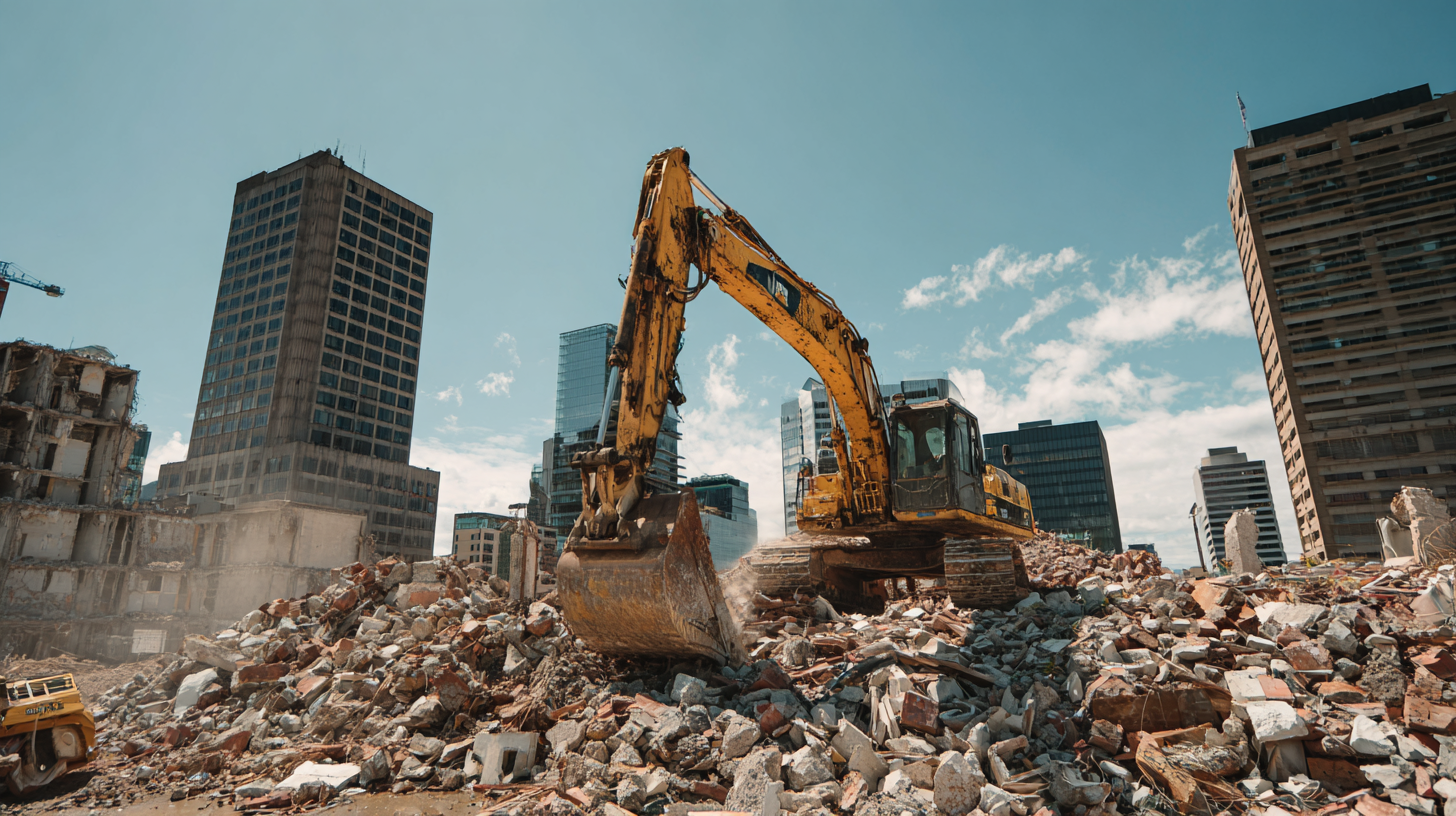
One effective tip for recycling materials is to establish a comprehensive waste management plan from the onset of a project. This should include sorting waste on-site to streamline recycling efforts. The EPA indicates that around 75% of construction debris can be recycled or reused, particularly materials like concrete, metals, and wood. Collaborating with local recycling facilities that specialize in construction materials enhances these efforts. By forming partnerships with these facilities, builders can ensure that materials such as bricks and asphalt are diverted from landfills and repurposed effectively.
Another strategic approach is to incorporate recycled materials into new building designs. According to the US Green Building Council, using recycled content in construction reflects a manufacturer's commitment to sustainability and can significantly decrease raw material extraction. This not only conserves resources but also promotes a circular economy within the construction sector, paving the way for a more sustainable future. By following these tips, the construction industry can lead the way in resource efficiency and environmental stewardship.
3 Innovative Technologies for Construction Waste Management
In the evolving landscape of sustainable building practices, the management of construction waste has gained significant attention. One innovative technology making waves in this area is the use of smart recycling systems. These systems employ advanced sensors and machine learning algorithms to sort materials at the construction site, ensuring that recyclables are separated from general waste. By streamlining the recycling process, these solutions reduce landfill contributions and enhance efficiency, allowing construction companies to adhere to environmental regulations while cutting costs.
Another promising advancement is the implementation of drone technology for waste tracking. Drones equipped with high-resolution cameras can survey job sites, identifying areas with excess waste and providing real-time data on material usage. This visibility enables project managers to make informed decisions on waste reduction strategies, optimizing resource allocation throughout the construction process. By harnessing this aerial technology, the industry is taking significant strides towards minimizing its ecological footprint.
Lastly, modular construction techniques are revolutionizing how waste is approached in building projects. By constructing buildings off-site in controlled environments, excess materials can be better managed and reused. This method not only reduces waste but also enhances efficiency and safety at construction sites. As modular construction gains traction, it contributes to a more sustainable future by limiting the amount of material that ends up in landfills, further promoting eco-friendly building practices.
Essential Guide to Construction Rubbish Disposal for Sustainable Building Practices - 3 Innovative Technologies for Construction Waste Management
| Technology |
Description |
Benefits |
Environmental Impact |
| Advanced Sorting Systems |
Automated systems that use AI to sort construction debris into recyclable and non-recyclable materials. |
Increases recycling rates, reduces landfill waste, and lowers labor costs. |
Significantly reduces carbon footprint and promotes circular economy. |
| Waste-to-Energy Technologies |
Converts waste materials into usable energy through various processes like incineration and gasification. |
Generates renewable energy, decreases reliance on fossil fuels, and minimizes waste in landfills. |
Helps in reducing methane emissions from landfills and contributes to energy sustainability. |
| Green Building Materials |
Utilizes recycled or sustainably sourced materials in construction projects to lower waste generation. |
Encourages resource conservation, reduces environmental degradation, and enhances building efficiency. |
Contributes to lowering the ecological footprint of construction activities. |
6 Regulatory Guidelines for Responsible Rubbish Disposal in Construction
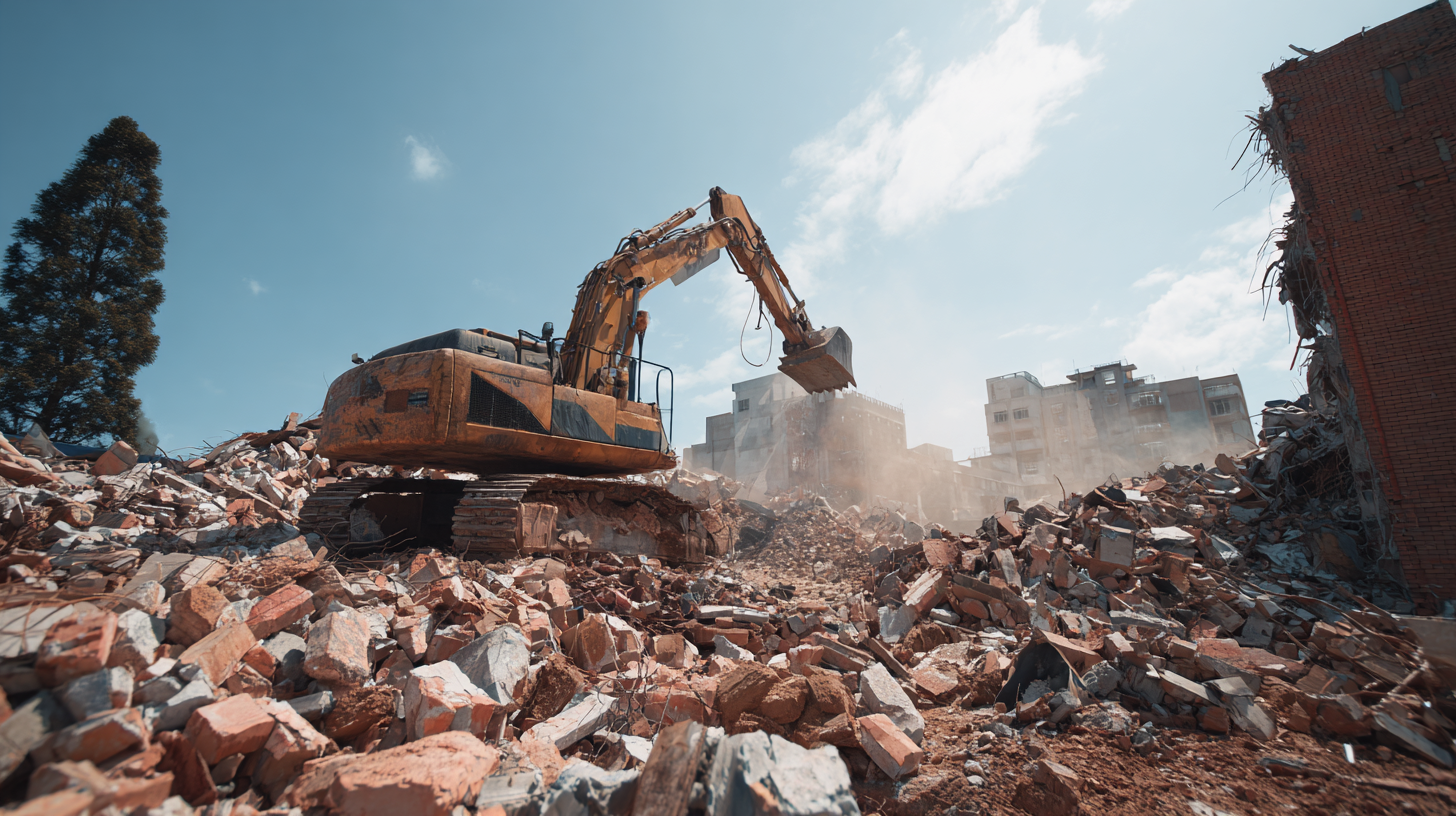 When it comes to construction rubbish disposal, adhering to regulatory guidelines is crucial for promoting sustainable building practices. One fundamental guideline is compliance with local waste management regulations, which often dictate how various types of construction waste should be segregated and disposed of. This not only helps in minimizing landfill contributions but also ensures that hazardous materials are handled safely, reducing the risk of environmental contamination.
When it comes to construction rubbish disposal, adhering to regulatory guidelines is crucial for promoting sustainable building practices. One fundamental guideline is compliance with local waste management regulations, which often dictate how various types of construction waste should be segregated and disposed of. This not only helps in minimizing landfill contributions but also ensures that hazardous materials are handled safely, reducing the risk of environmental contamination.
Another important guideline involves the implementation of a waste management plan prior to commencing construction. This plan should outline methods for recycling materials, such as metal, wood, and concrete, which can significantly reduce the volume of waste generated. Regular inspections and audits of waste disposal practices are also essential, allowing construction managers to identify areas for improvement and ensuring that all team members are aware of their responsibilities regarding waste disposal. By integrating these regulatory guidelines into their operations, construction companies can contribute to a more sustainable future while also enhancing their overall efficiency.

Home
About Us
Products
 Concrete Mixing Plant
Concrete Mixing Plant
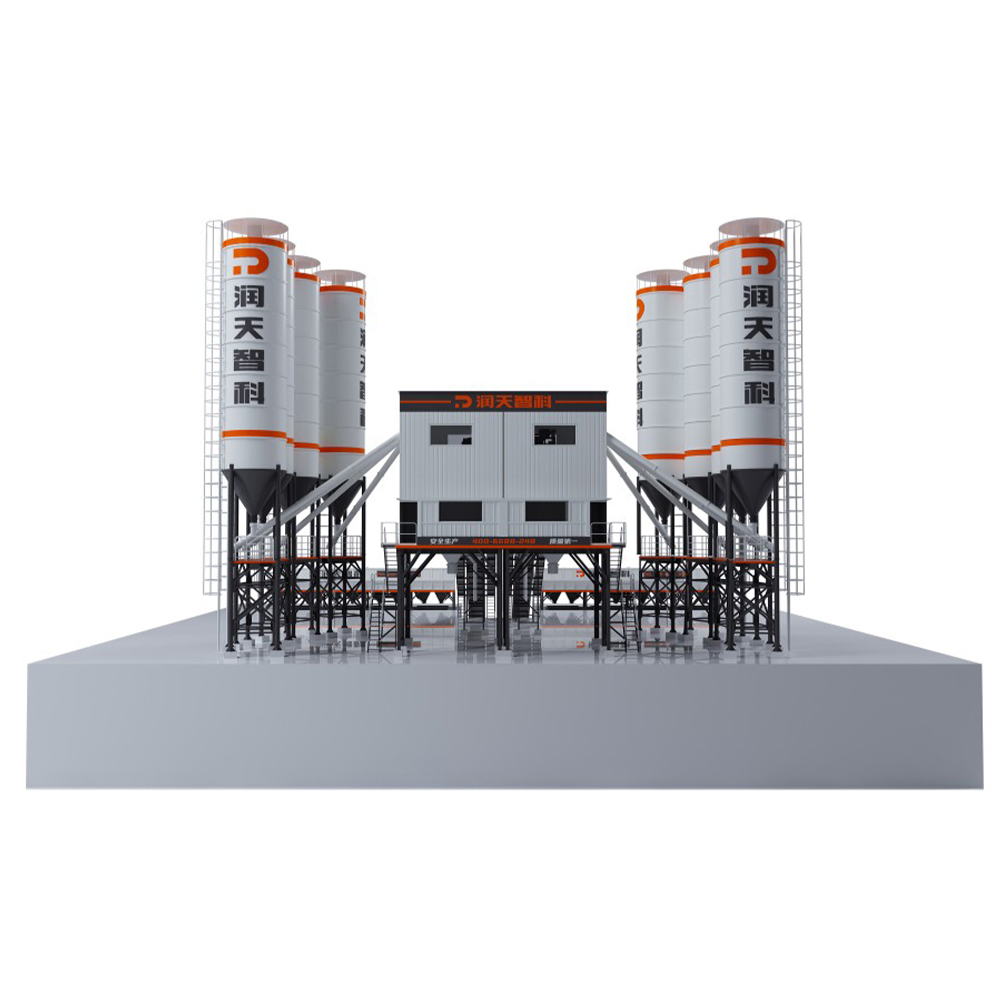 HZS Series Belt Concrete Mixing Plant
HZS Series Belt Concrete Mixing Plant
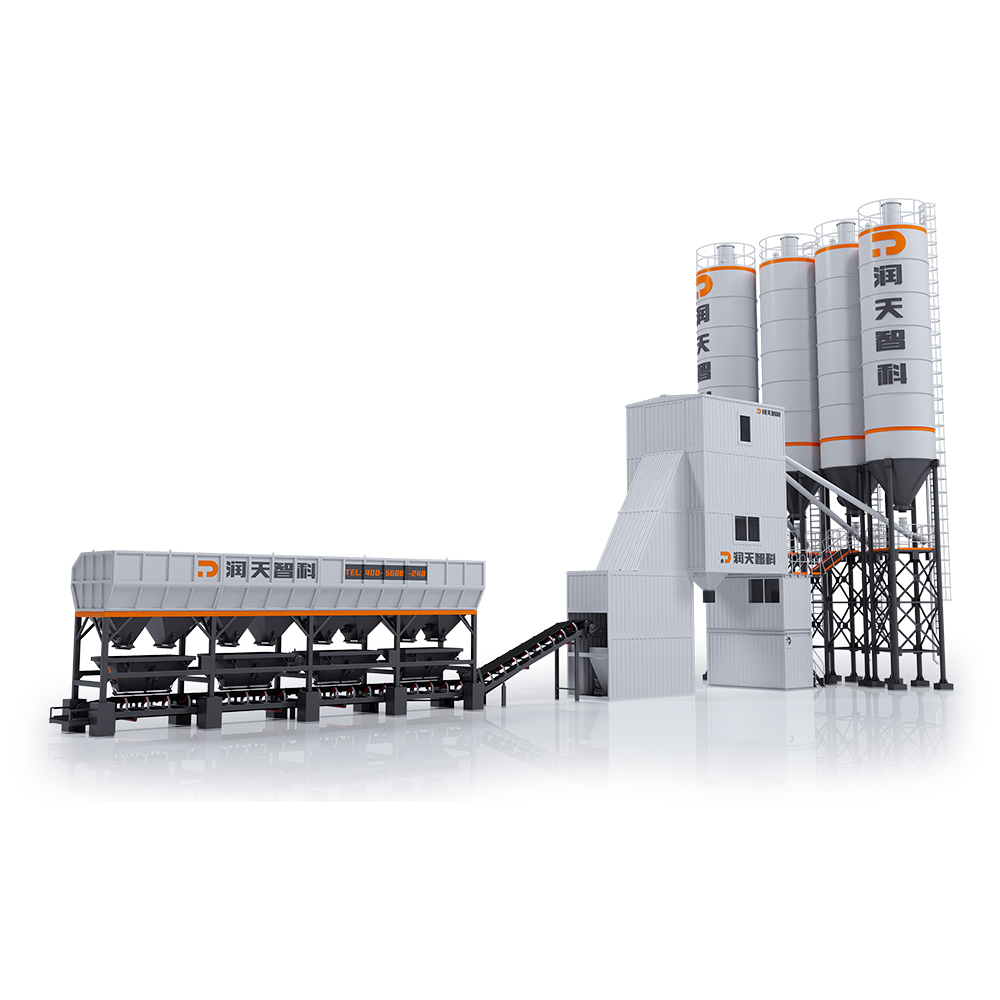 HZS Series Bucket-Lifting Type Container Concrete Mixing Plant
HZS Series Bucket-Lifting Type Container Concrete Mixing Plant
 HZS60 Mobile Concrete Mixing Plant
HZS60 Mobile Concrete Mixing Plant
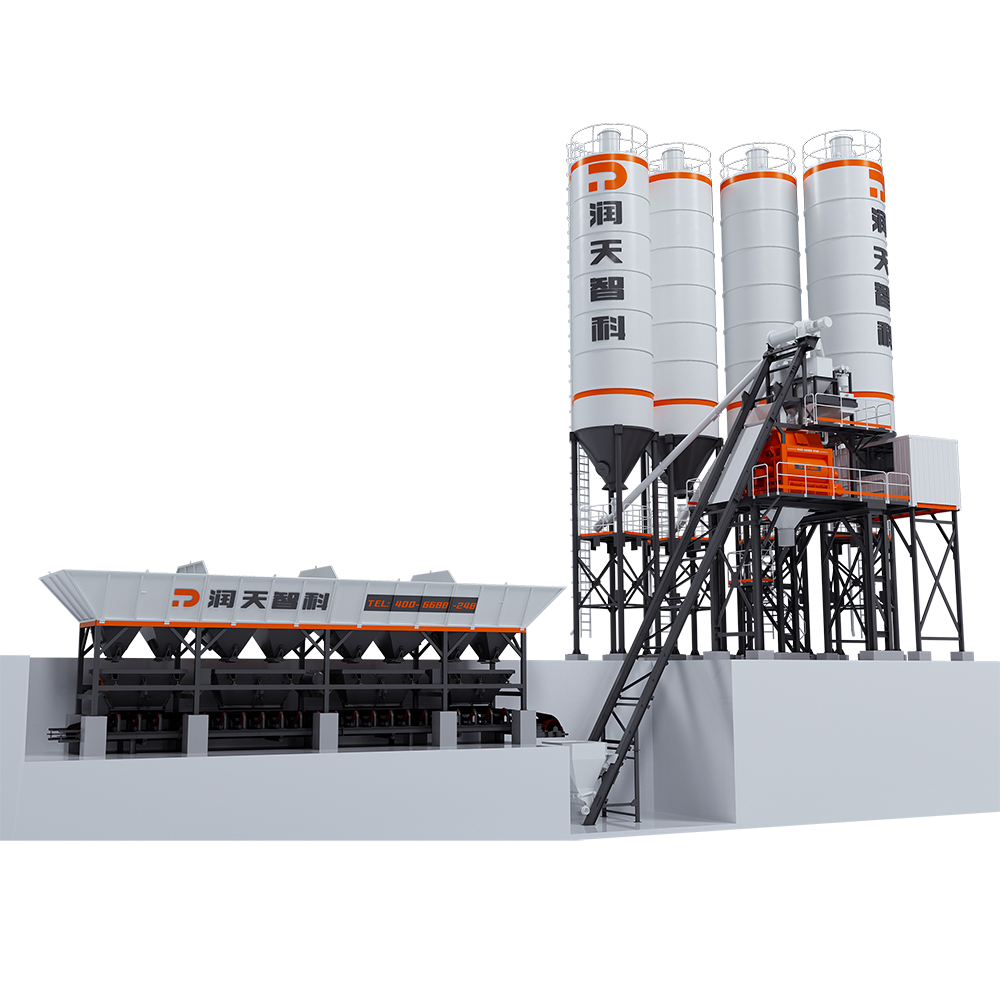 HZS Series Bucket-Lifting Type Concrete Mixing Plant
HZS Series Bucket-Lifting Type Concrete Mixing Plant
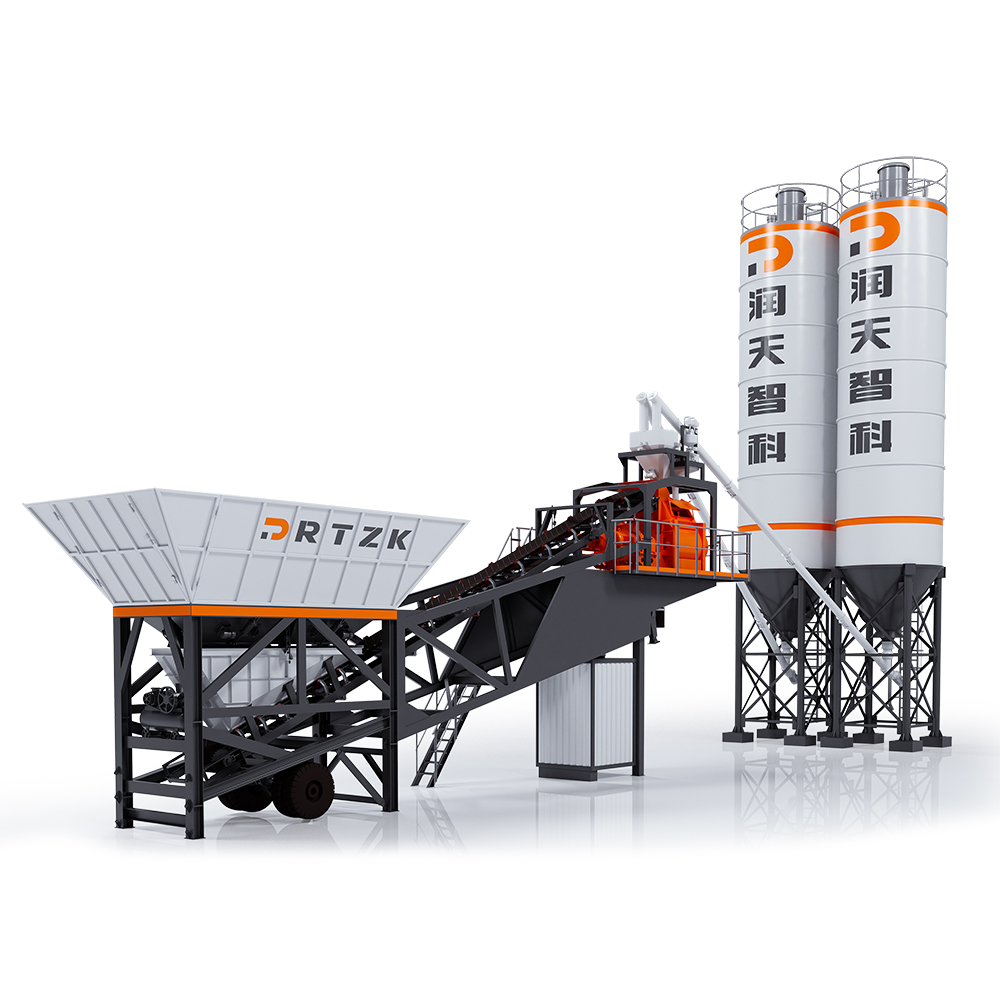 HZS Series Mobile Concrete Mixing Plant
HZS Series Mobile Concrete Mixing Plant
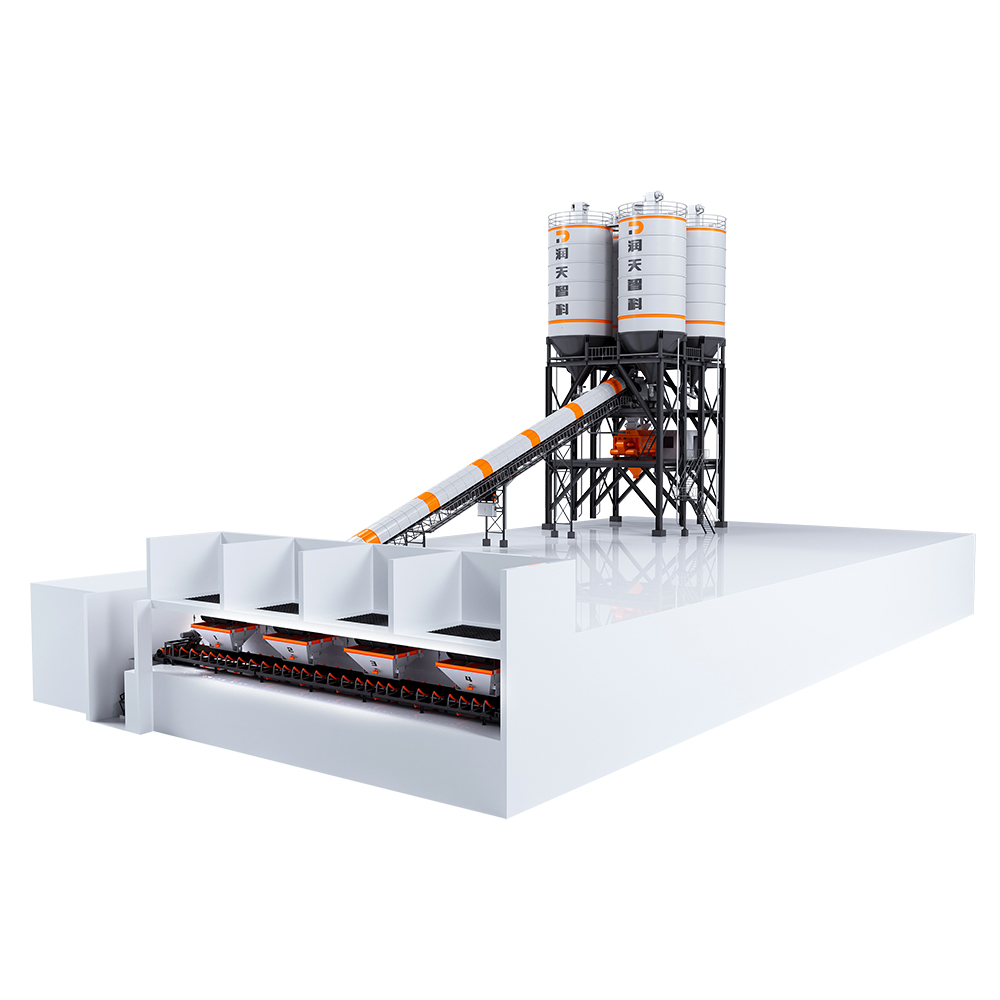 HZS Series Top-Mounted Concrete Mixing plant
HZS Series Top-Mounted Concrete Mixing plant
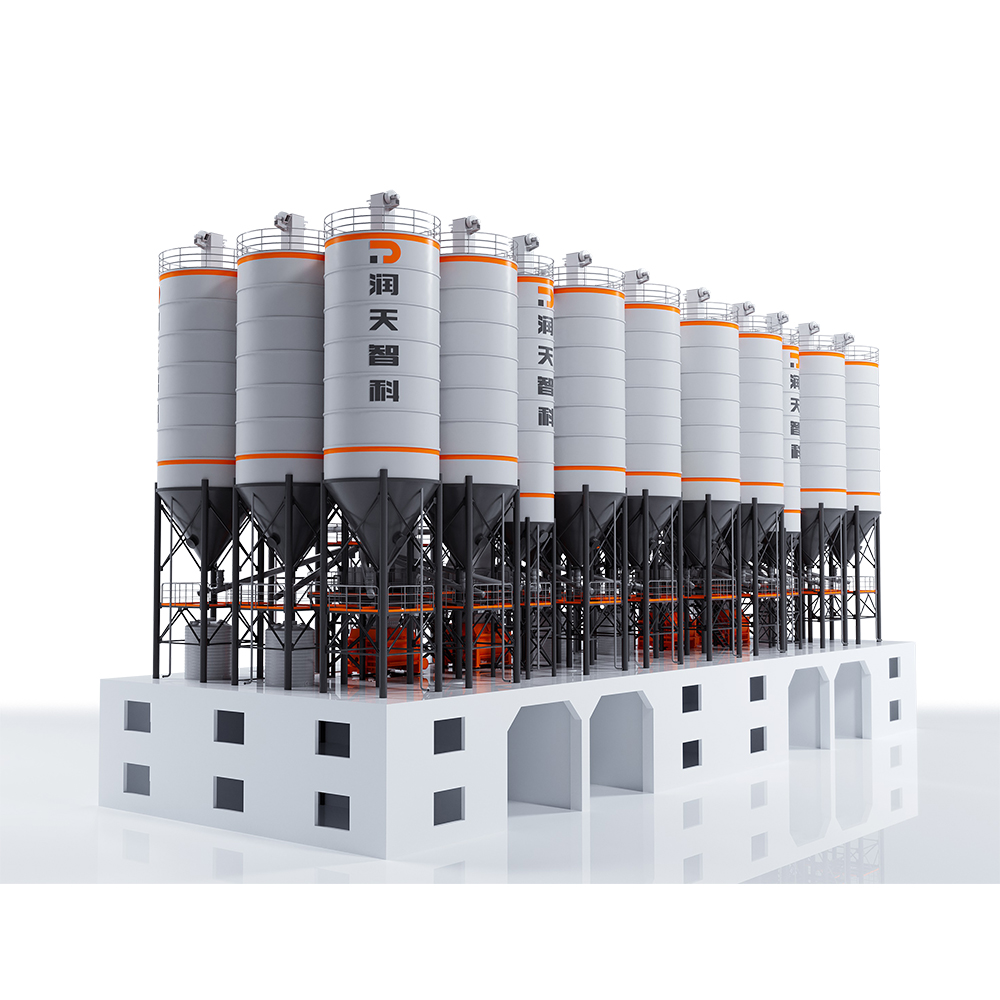 HZS Series Semi-Top Mounted Concrete Mixing Plant
HZS Series Semi-Top Mounted Concrete Mixing Plant
 Stabilized Soil Mixing Plant
Stabilized Soil Mixing Plant
 Asphalt Mixing Plant
Asphalt Mixing Plant
 Sand & Gravel Crushing and Screening Plant
Sand & Gravel Crushing and Screening Plant
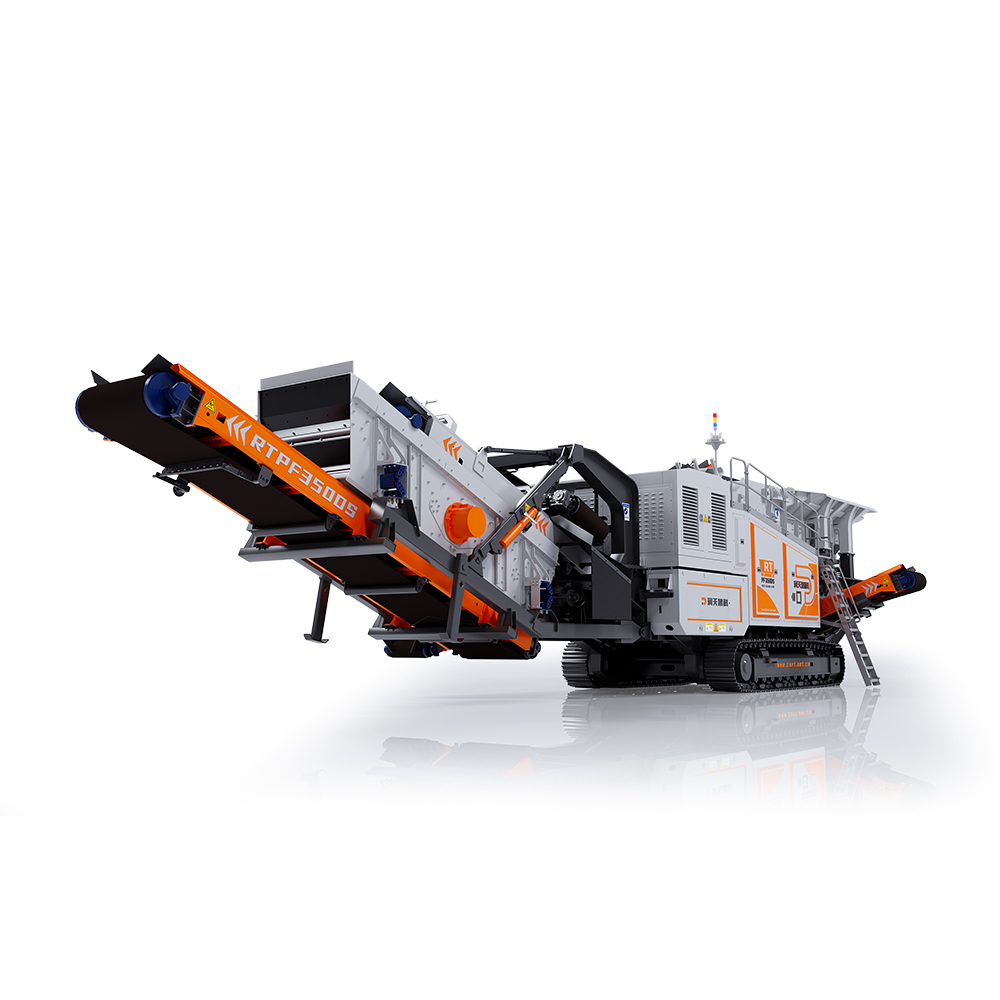 RTPF350DS Crawler Mobile Impact Crushing Plant
RTPF350DS Crawler Mobile Impact Crushing Plant
 RT116JH Crawler Mobile Jaw Crushing Plant
RT116JH Crawler Mobile Jaw Crushing Plant
 RT116JE Crawler Mobile Jaw Crushing Plant
RT116JE Crawler Mobile Jaw Crushing Plant
 RT300CE Crawler Mobile Cone Crushing Plant
RT300CE Crawler Mobile Cone Crushing Plant
 RT300CH Crawler Mobile Cone Crushing Plant
RT300CH Crawler Mobile Cone Crushing Plant
 RT5015H Mobile Scalping Screen
RT5015H Mobile Scalping Screen
 RT315VSIE Crawler Mobile Sand Maker
RT315VSIE Crawler Mobile Sand Maker
 RT3YK6020 Crawler Mobile Screening Plant
RT3YK6020 Crawler Mobile Screening Plant
 RT3YK6020M Modular Screening Plant
RT3YK6020M Modular Screening Plant
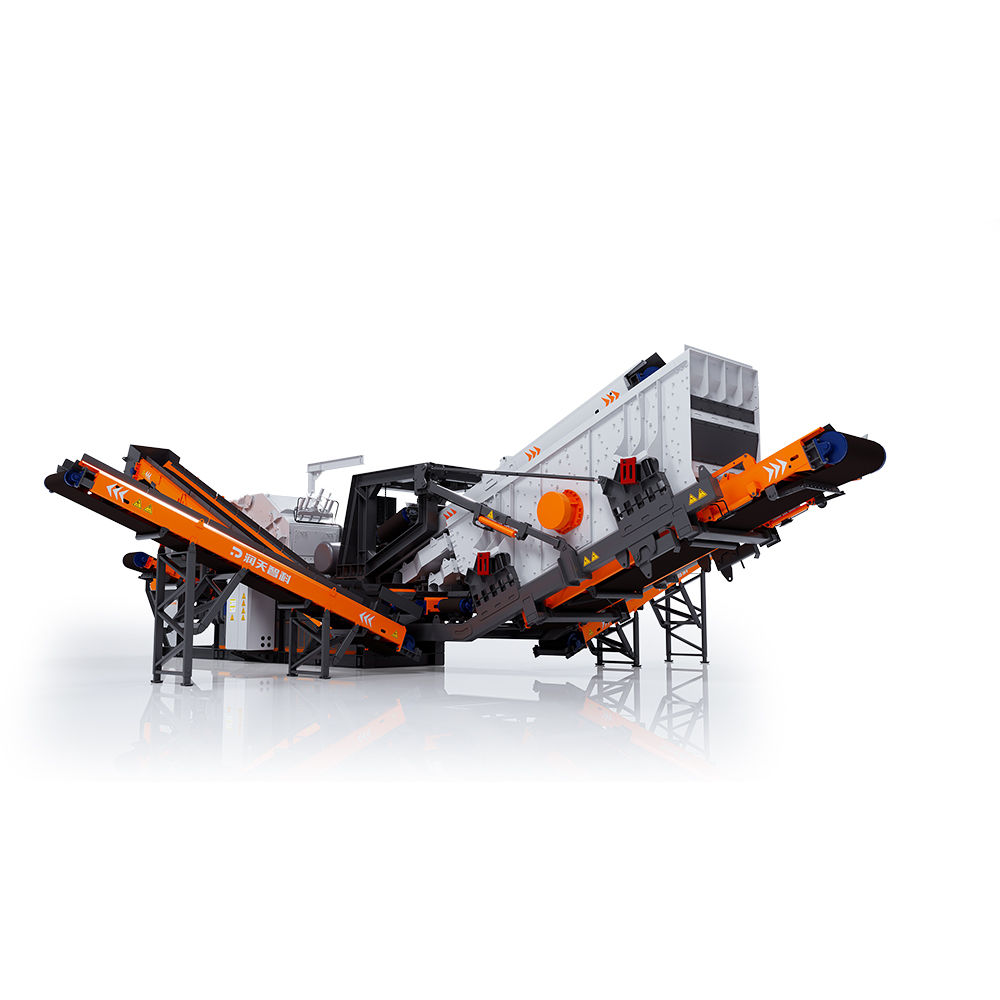 RTF260M Modular Counterattack Crushing and Screening Integrated Machine
RTF260M Modular Counterattack Crushing and Screening Integrated Machine
 RTF350M Modular Impact Crushing Plant
RTF350M Modular Impact Crushing Plant
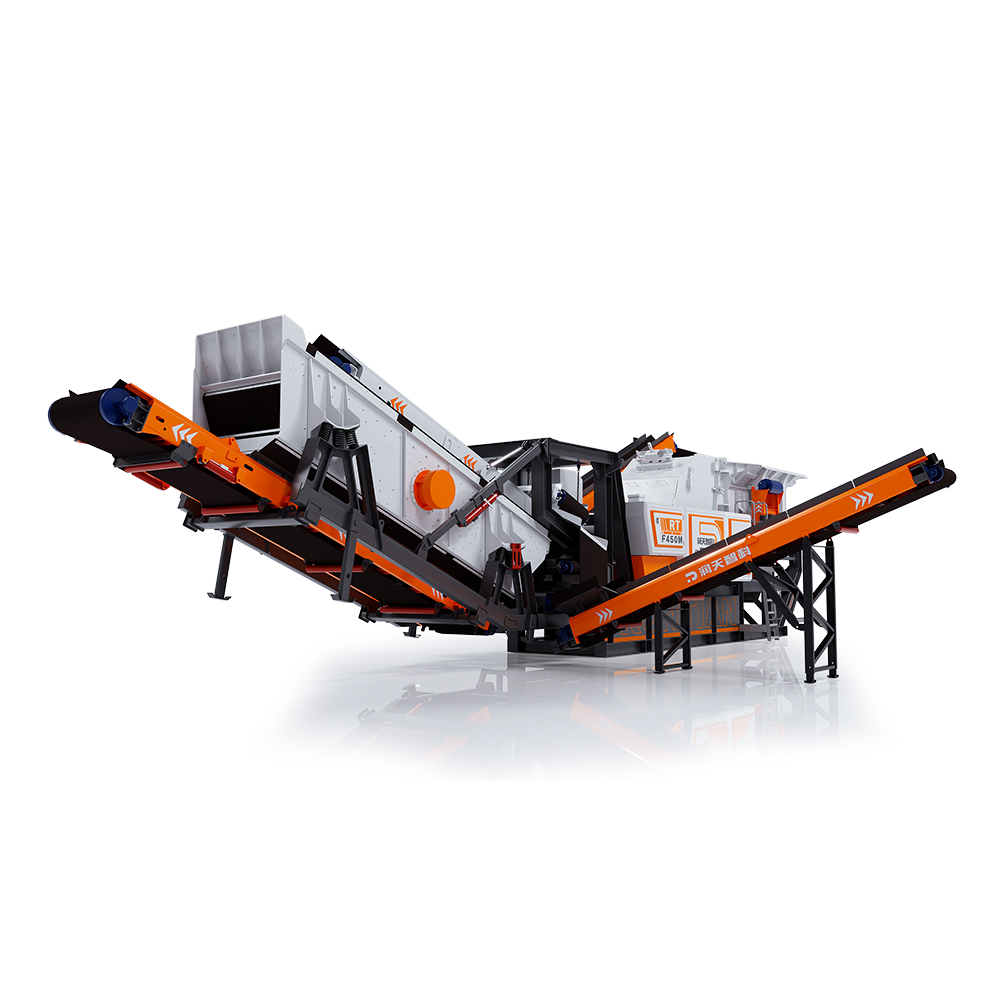 RTF450M Modular Impact Crushing Plant
RTF450M Modular Impact Crushing Plant
 Construction Waste Resourceful Treatment Line
Construction Waste Resourceful Treatment Line
Performances
Video
News
Blog
Contact Us
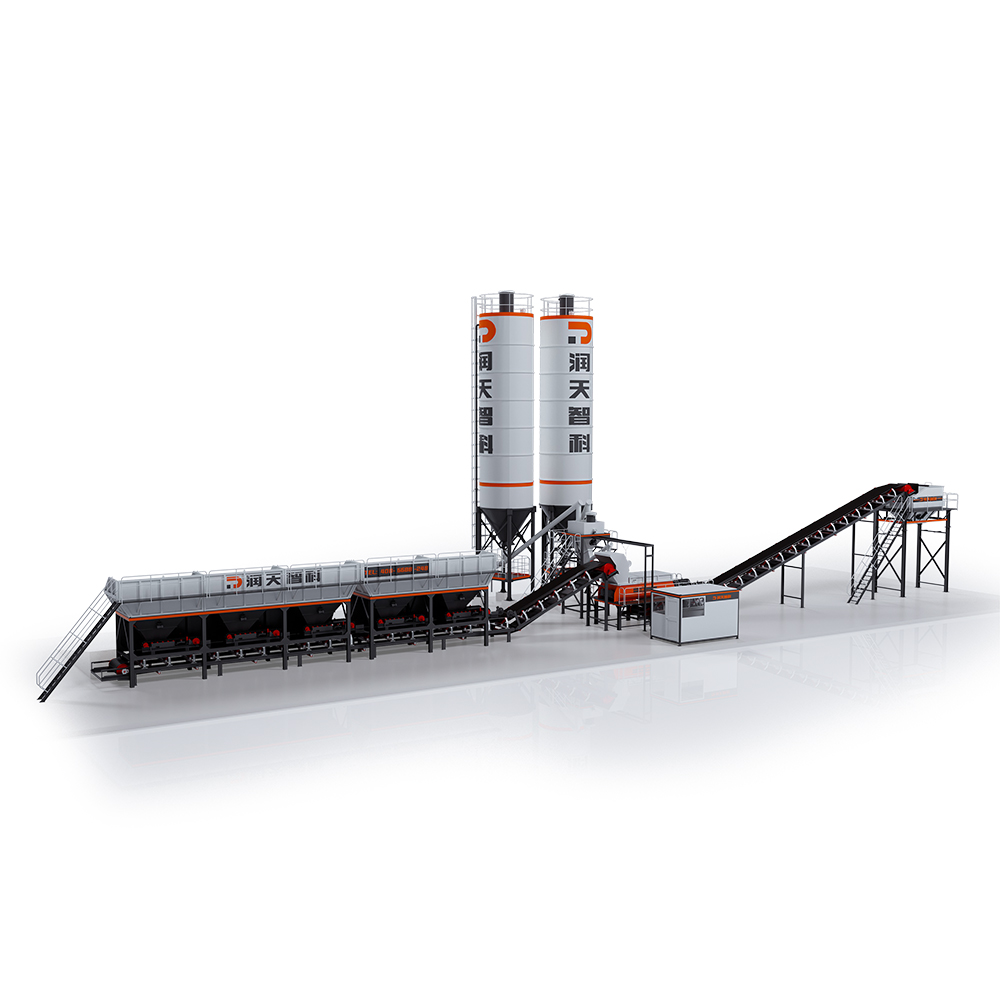 WDB Series Foundation-Free Stability Soil Mixing Plant
WDB Series Foundation-Free Stability Soil Mixing Plant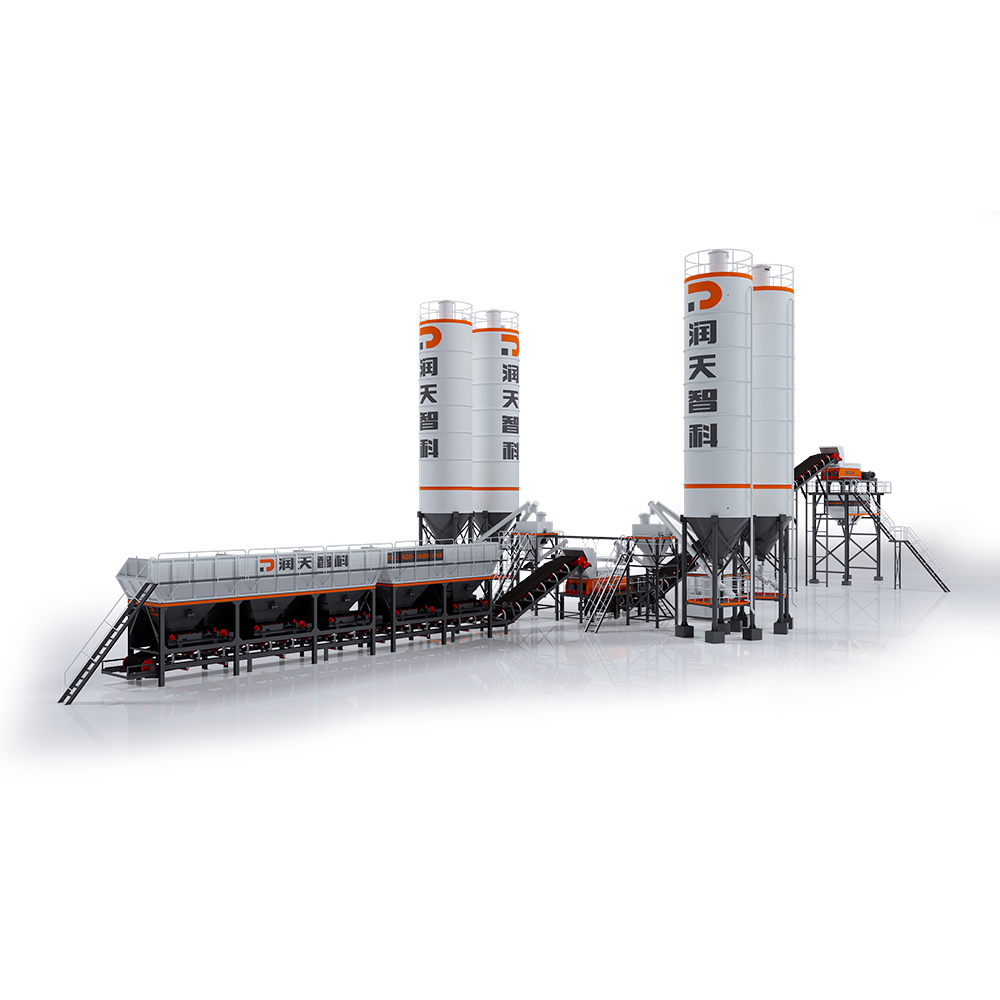 LCB Series Emulsified Asphalt Cold Regeneration Secondary Mixing Plant
LCB Series Emulsified Asphalt Cold Regeneration Secondary Mixing Plant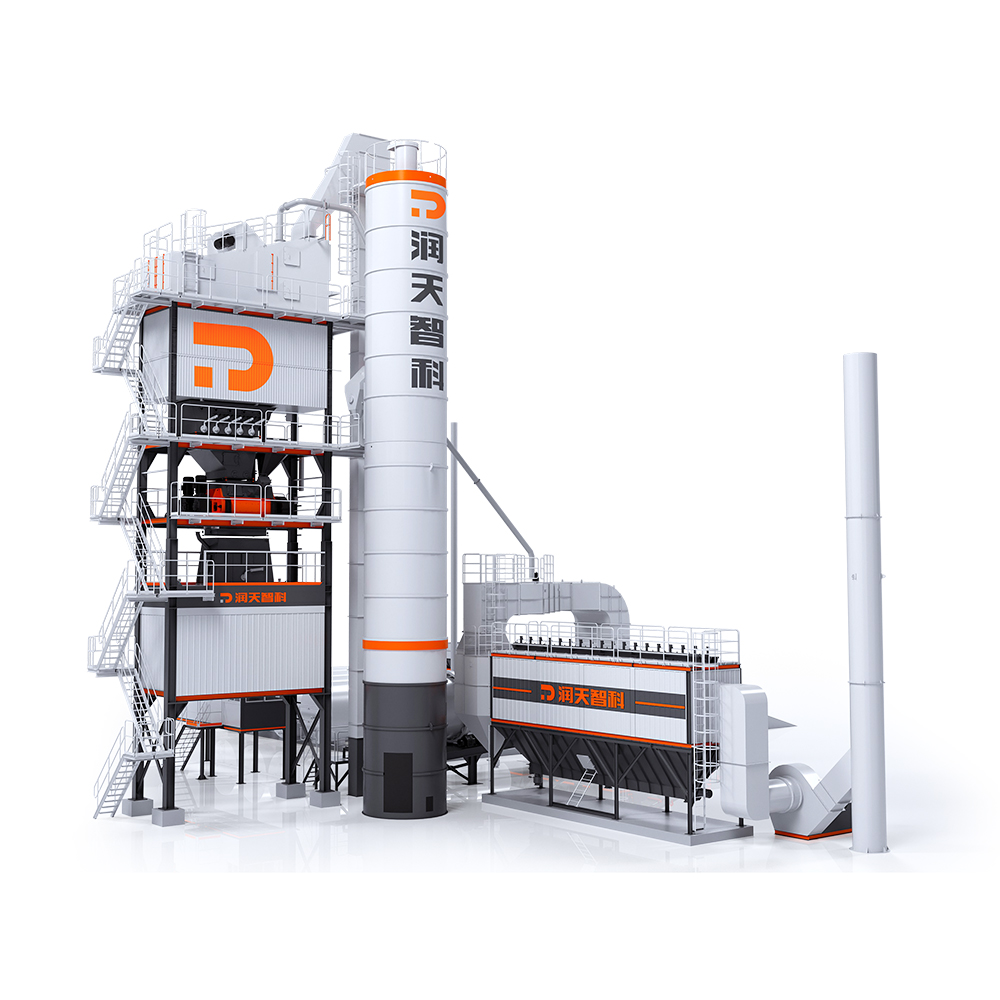 LB Series Asphalt Mixing Plant
LB Series Asphalt Mixing Plant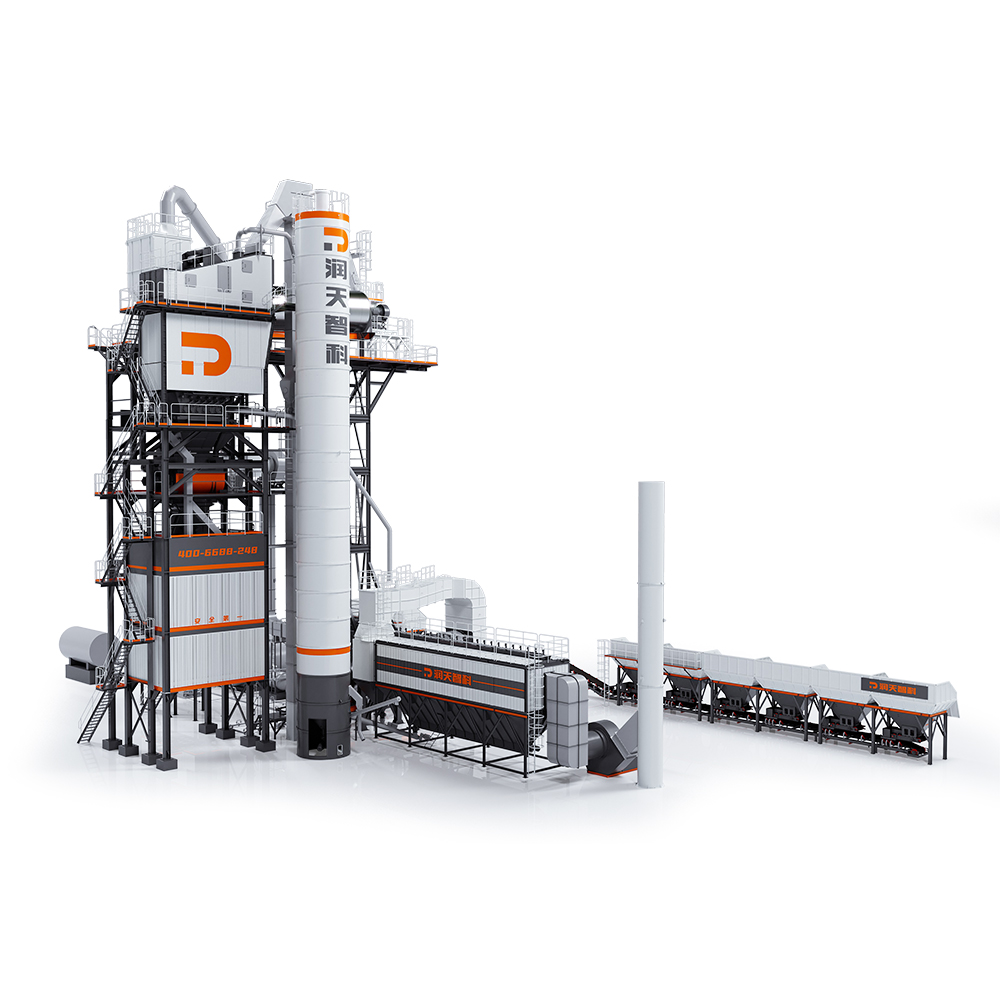 LBR Series Integrated Asphalt Mixing Plant
LBR Series Integrated Asphalt Mixing Plant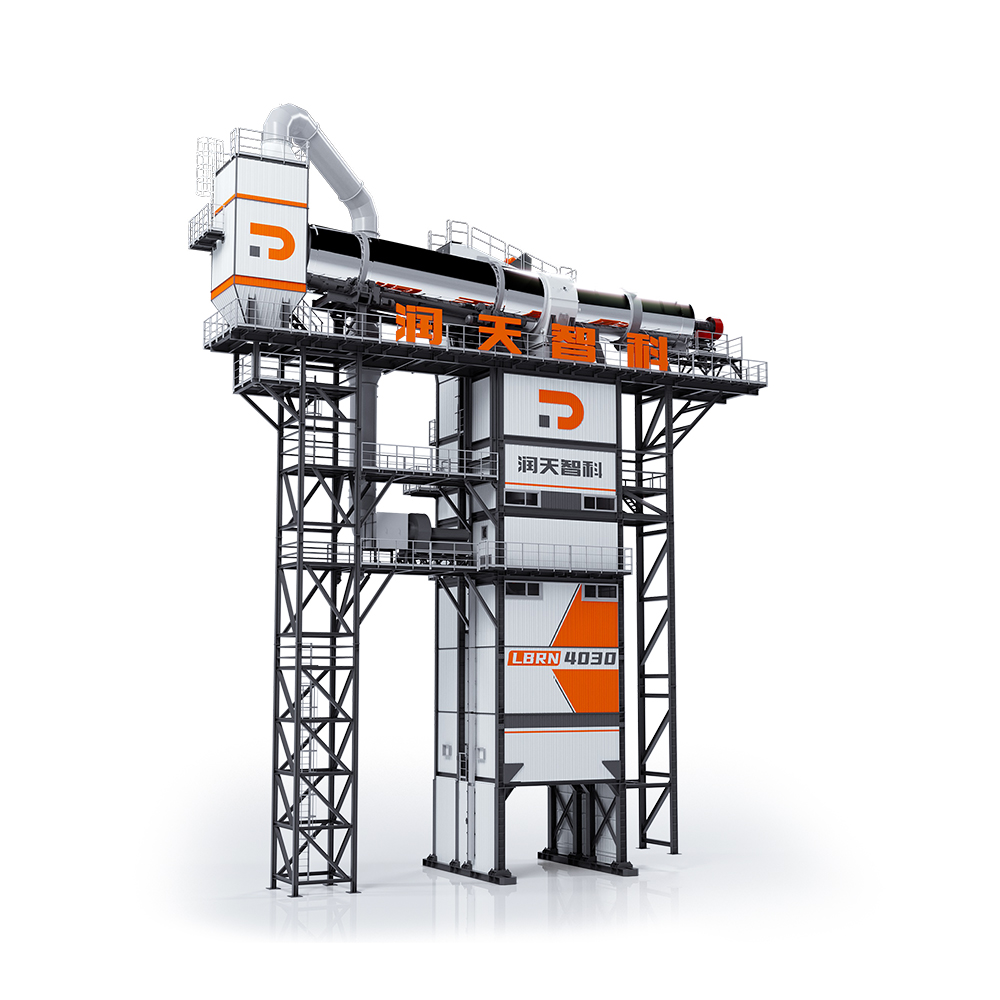 LBRN Series Counterflow Integral Asphalt Mixing Plant
LBRN Series Counterflow Integral Asphalt Mixing Plant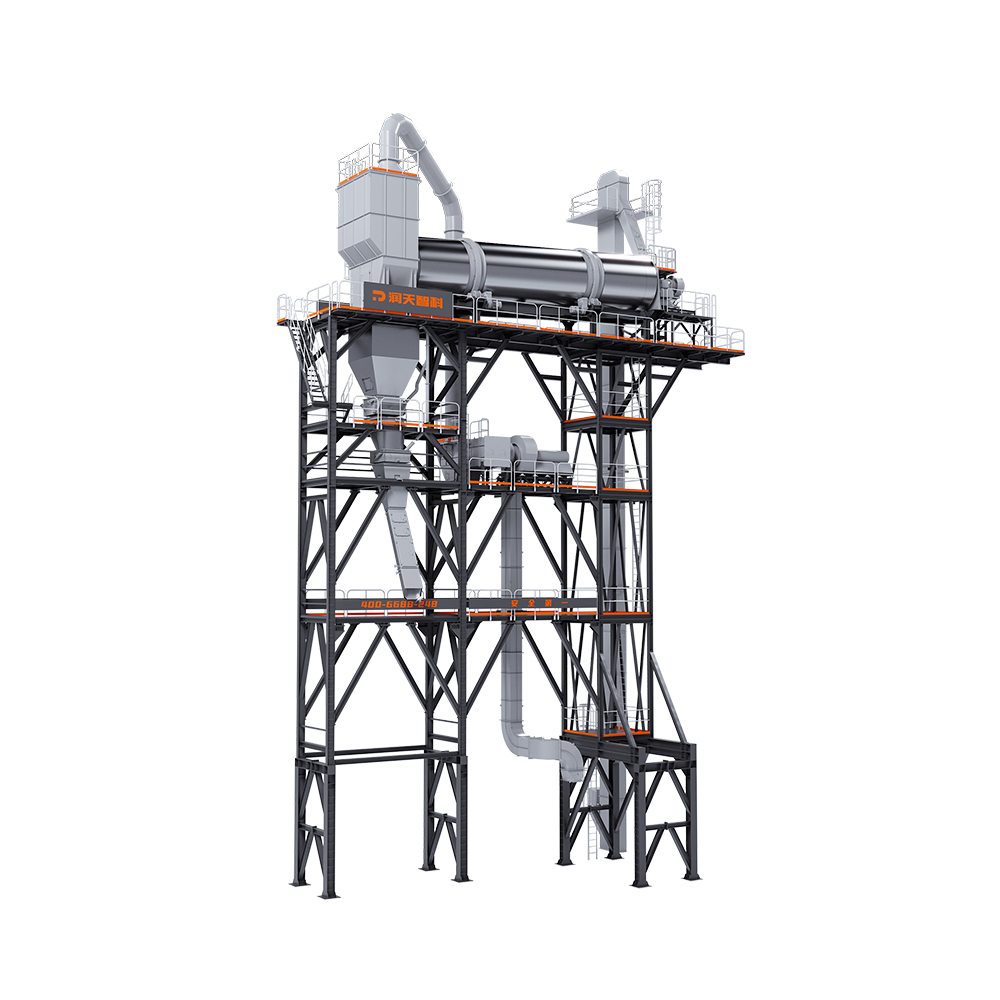 RZS Series Asphalt Mixing Plant
RZS Series Asphalt Mixing Plant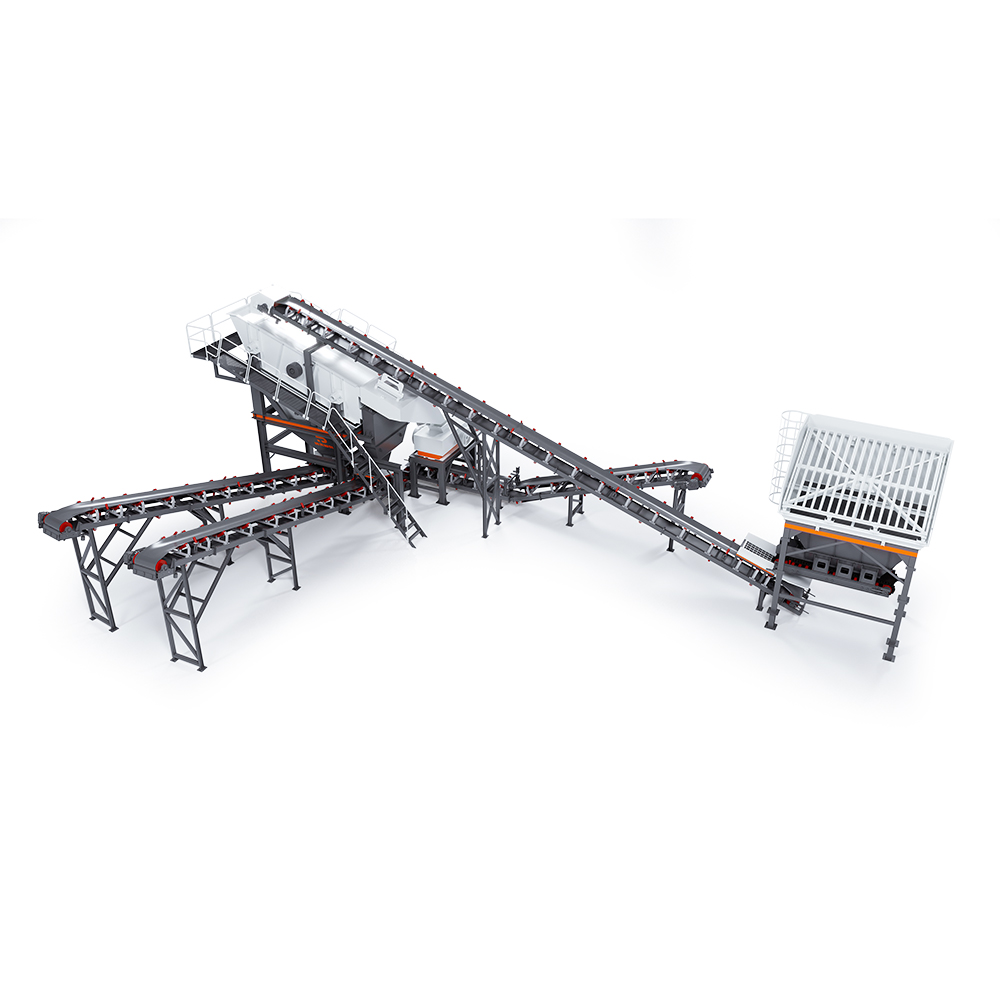 RTZS120 Series RAP Crushing & Screening Plant
RTZS120 Series RAP Crushing & Screening Plant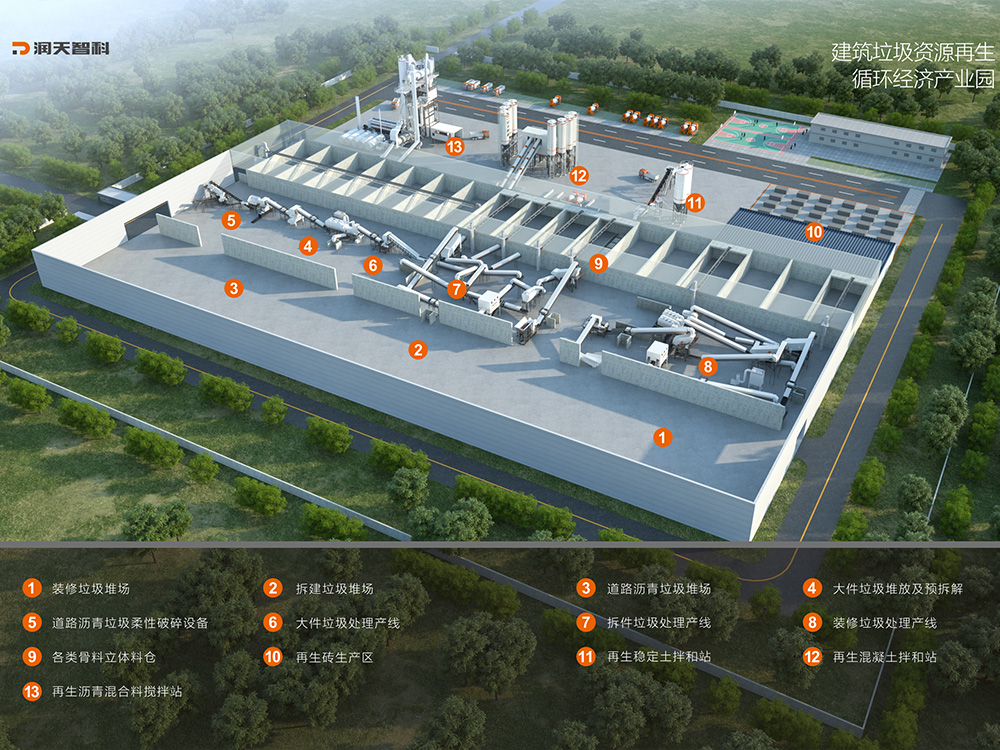 Construction Waste Resourceful Treatment Line
Construction Waste Resourceful Treatment Line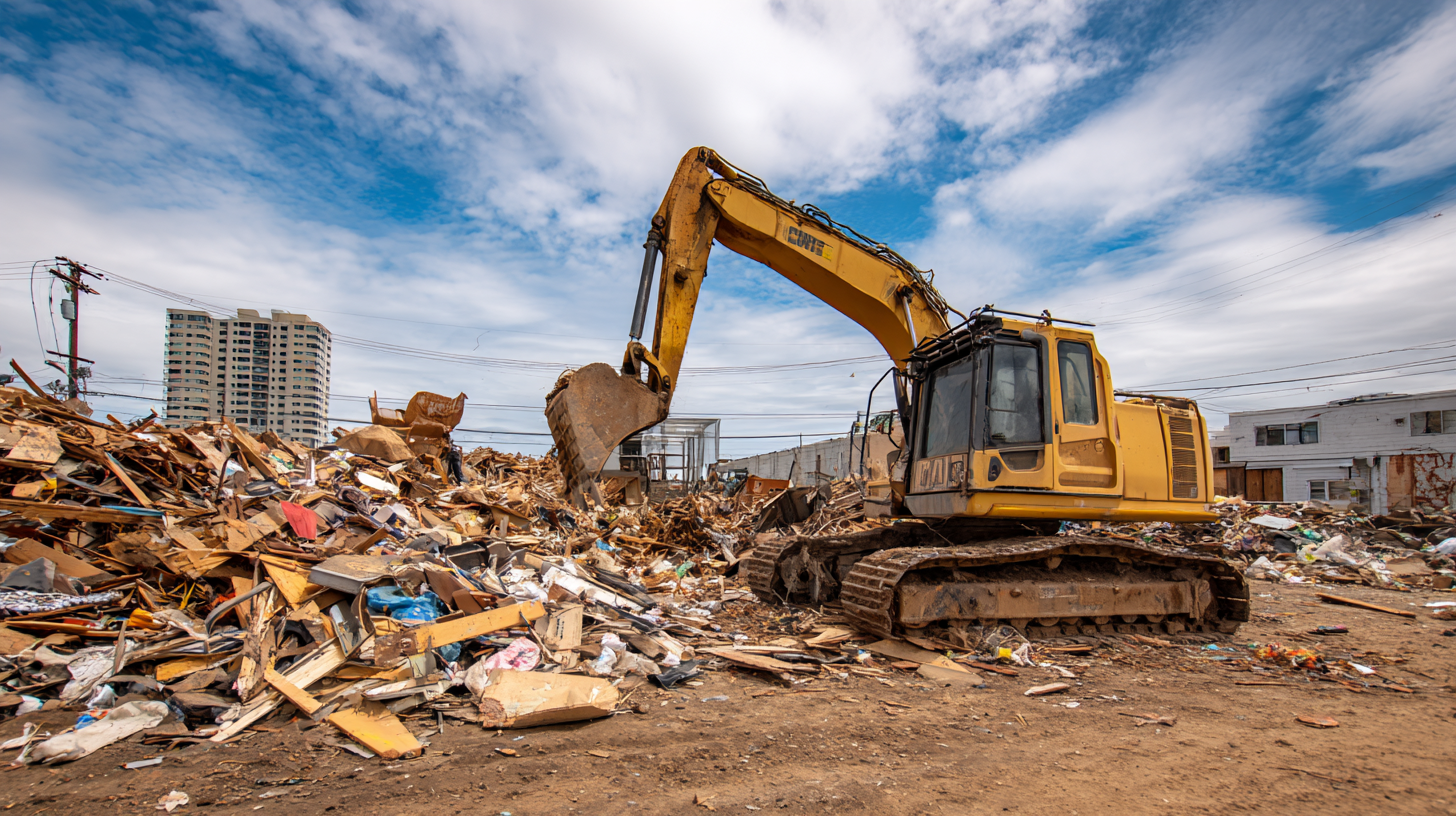

 When it comes to construction rubbish disposal, adhering to regulatory guidelines is crucial for promoting
When it comes to construction rubbish disposal, adhering to regulatory guidelines is crucial for promoting 




